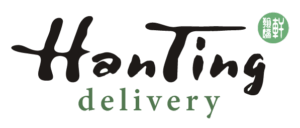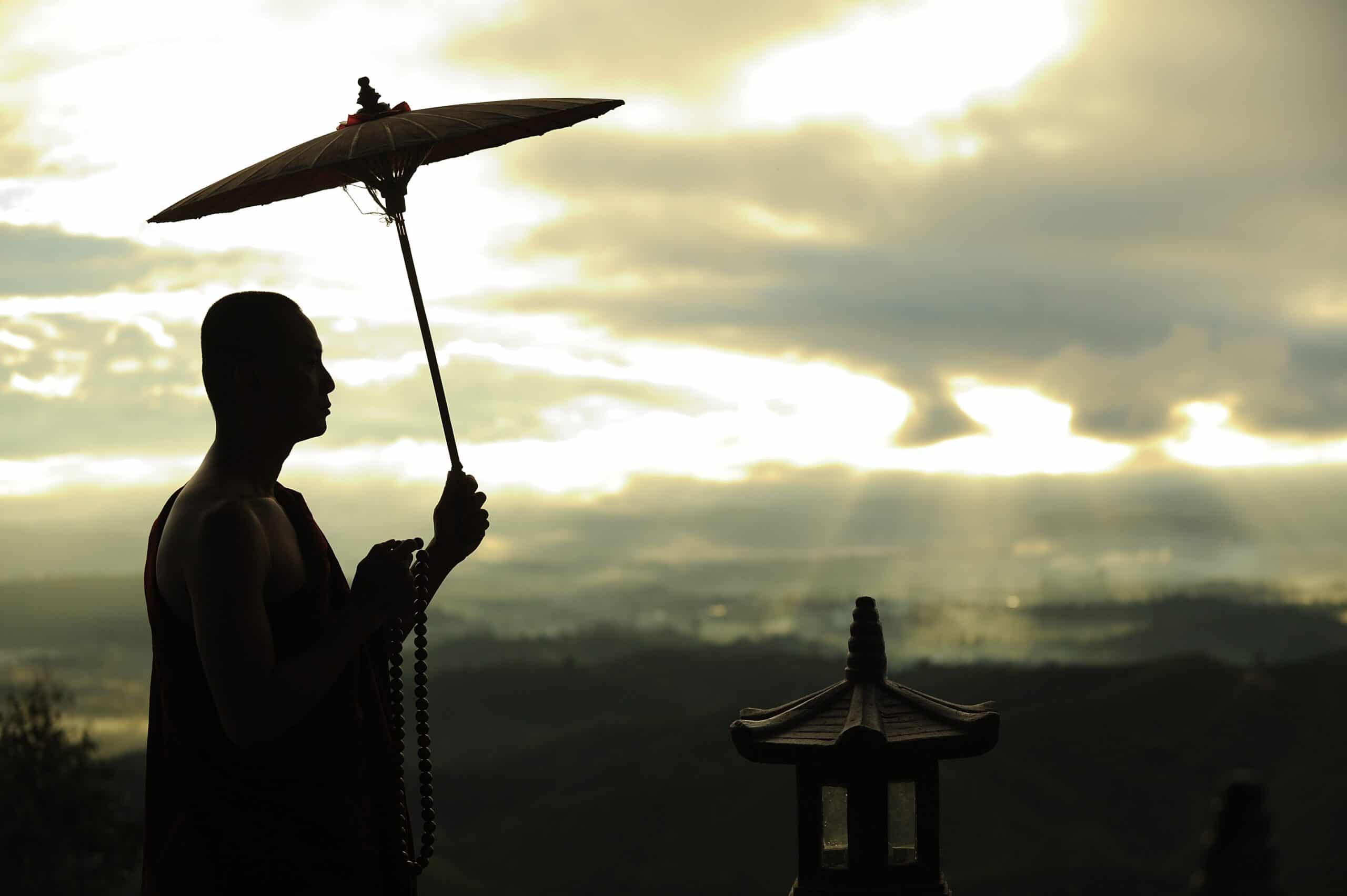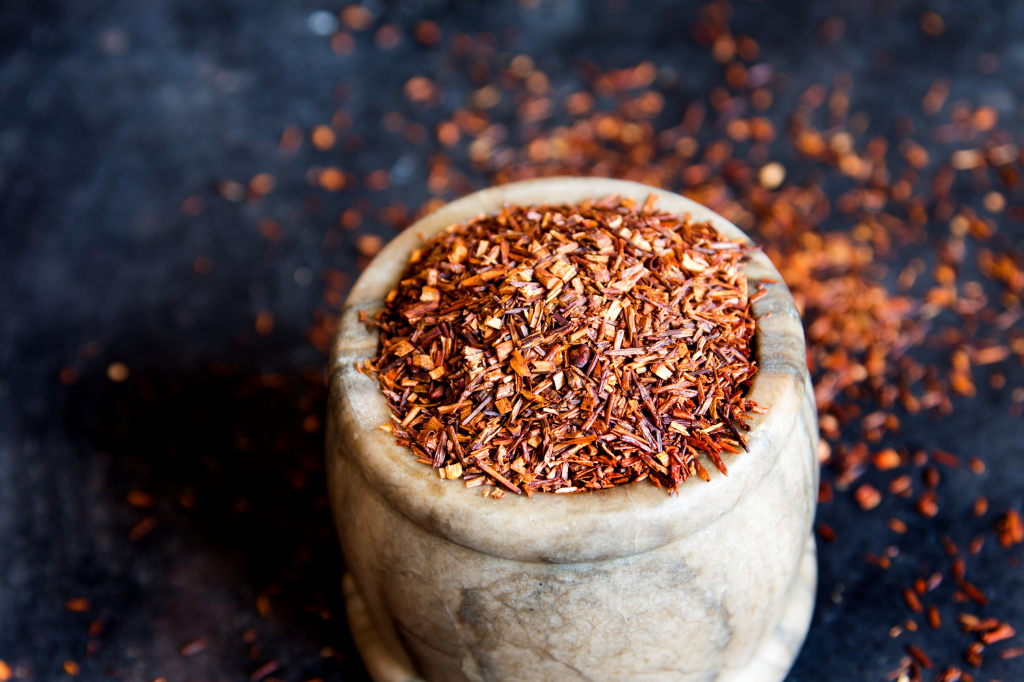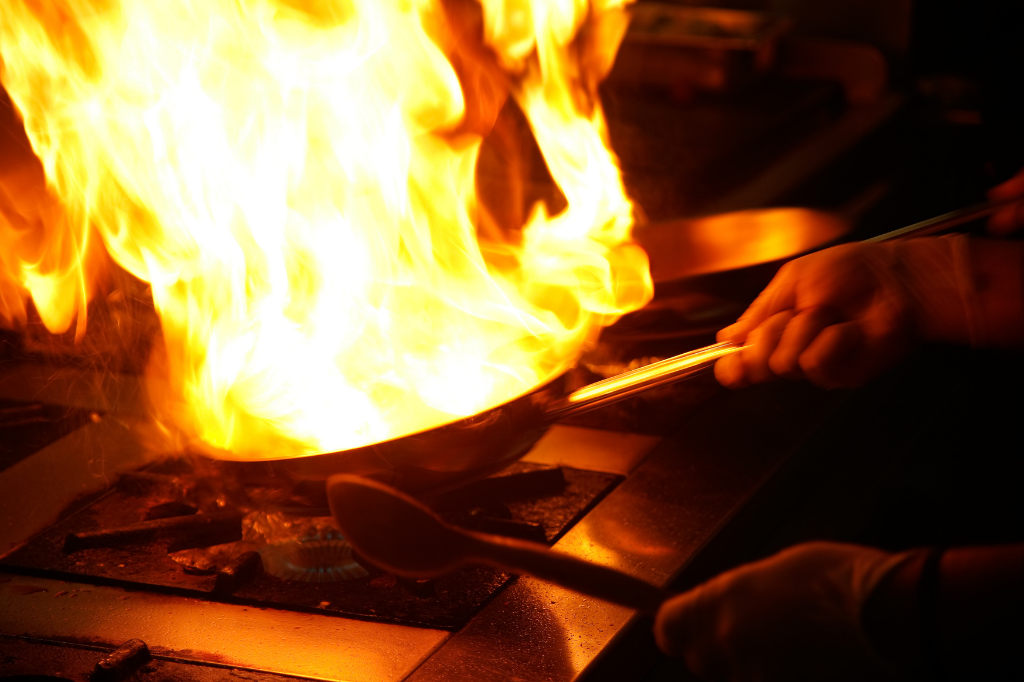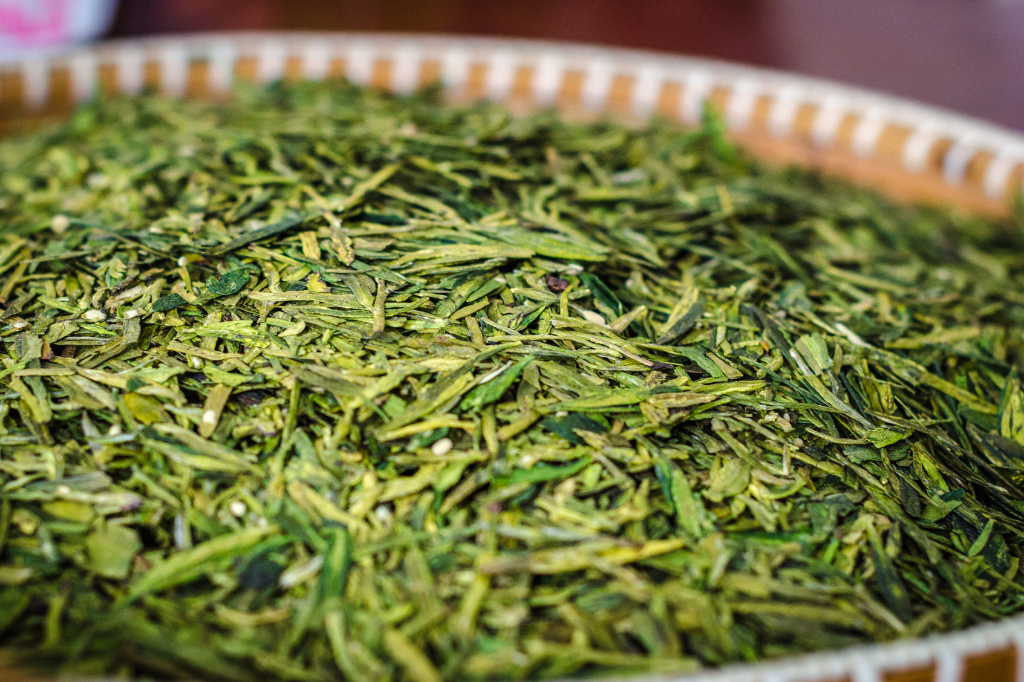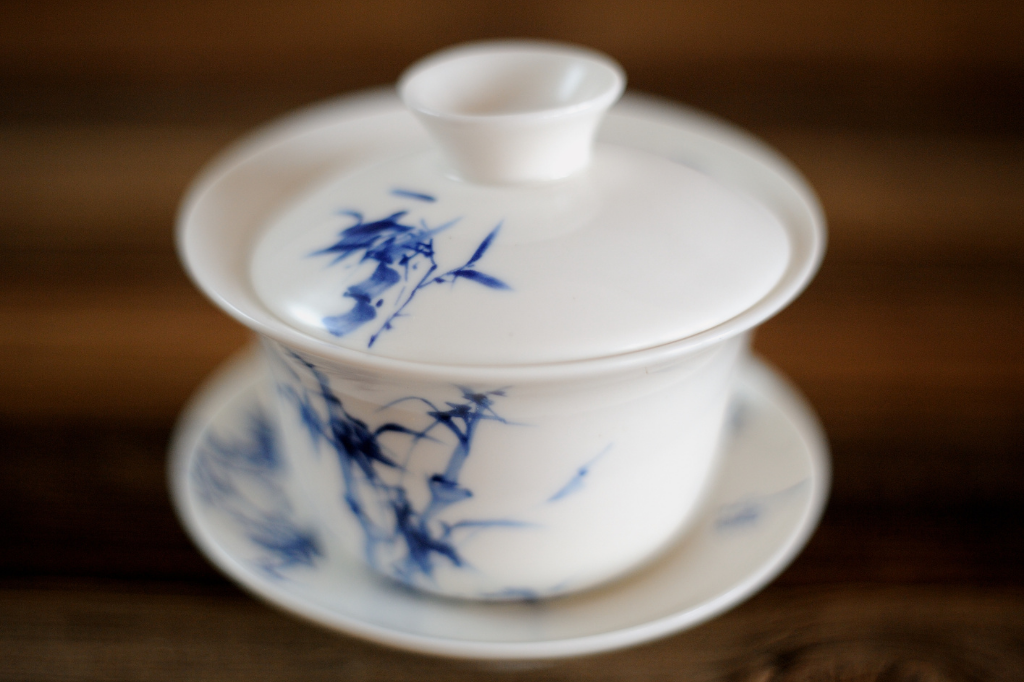Waking up at 4:30 am, gathering in the temple for mantra-recitation, cleaning up using water of the monastery’s fountain, and gathering again in the front gate asking locals for food and money. This is how a regular day of a monk looks like in China. The schedule is fixed, and the freedom is limited, but the routines, and secular life brings them happiness.
Monks are supposed to live impoverished lives and pass on the messages from Sakyamuni. Their main job consists of the temple activities, such as holding funerals for the dead to rest in peace, welcoming and educating Buddhists who are visiting the temple, and explaining the meaning of scripture and give guidance to puzzled followers.
The main source of income are alms which are used to support their life and keeping the temple in good shape. The rich believe that making donations can rinse the sins they have committed, and the working-class believe that they can find future fortune by sharing food and money with the monks. But even when they receive abundant donations, their daily routine and simple lives continue.
They also have to follow a strict diet, abiding the rules of nature. Take the Tibetan monks for example; they seldom consume all nutrients that a healthy diet should consist of to meet the body’s needs. Their menu is very limited in proteins like meat and eggs, fats, and starches, and they mostly consume salads, beans, lentils, soups, vegetables and fruit. All related to the season, as they believe that what is presented by them by nature, is the best food to eat.
As for the meat, there is no clear-cut answer to whether they can and should eat it. Although most most monks are vegetarians, The Yoga Tantric monks, for example, live in a region where a lot of meat is available. This is the reason why they’re able to eat it and it is on their menu.

